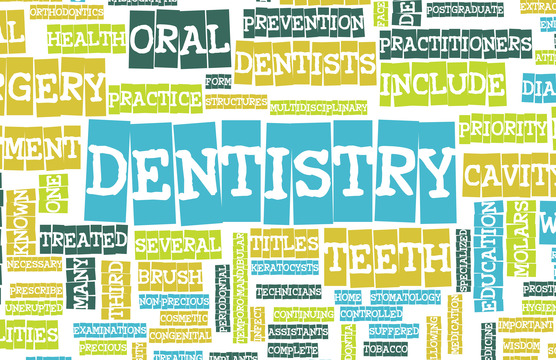Posted: September 3, 2015
 From the sound of drills to memories of white knuckles, there is no shortage of reasons that a dental visit is one of the top phobias. It is understandable that any mention of injections can cause palpitations. But there are a plethora of ways to make a visit less cumbersome to patients.
From the sound of drills to memories of white knuckles, there is no shortage of reasons that a dental visit is one of the top phobias. It is understandable that any mention of injections can cause palpitations. But there are a plethora of ways to make a visit less cumbersome to patients.
Rest assured, many dental professionals have to overcome one fear or another; hence we are well prepared to ease anxiety, calm phobias, and/or sedate if needed.
The first step to take if you or a family member suffer from dental anxiety is to visit the office on a normal day when you are not scheduled for an appointment. Ask questions and understand the necessary steps that are taken to protect your overall health. Share your biggest concerns with the office staff and doctor. And discuss goals that may range from proper dental hygiene to alleviating pain, treating emergency or having a new smile.
If you remain apprehensive, ask for medication that can take the edge off. There are anxiolytics that can be taken before your appointment and/or the night before. The medication comes in tablet or liquid form for those who are unable to take tablets. The effects including relaxation can be felt within 30 minutes of taking the medicine. Children and adults sometimes need an anxiolytic dose to get through a dental visit. In children, certain anxiolytics can prevent nausea, irritability, and/or restlessness. Kids can remain awake after the medication is given. This allows them to hold a conversation with the dentist and understand dental care and maintenance. The medicine may cause drownsiness so it is required to have a driver. A guardian needs to be present with children during the procedure and to watch them after treatment. It is best to take plenty of fluids and eat light meals after the appointment.
If you don’t have a driver available, see if nitrous oxide (laughing gas) is an option. Nitrous oxide has been in dentistry since 1844 when it was used as an anesthetic. Nowadays, it is used for minimal sedation. The effect of nitrous can be felt within a few minutes. Once the administration of nitrous oxide is over, and oxygen is given to flush out the laughing gas, most patients are stable and comfortable to drive. The main contraindications for nitrous include chronic obstructive pulmonary disease and pregnancy. Otherwise it is an option to induce deep relaxation. And a good laugh of course. Contact Museum Smiles to schedule your next dental appointment.


